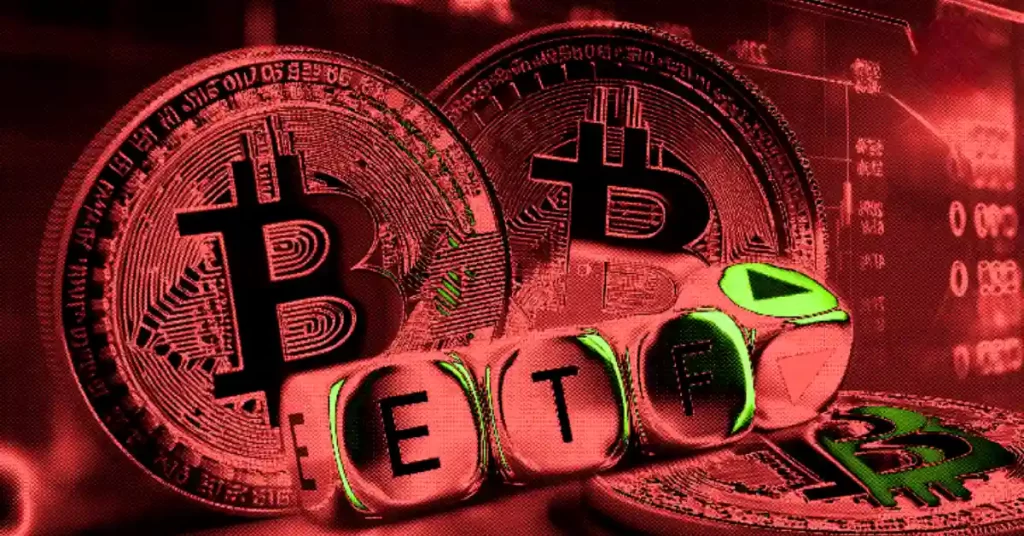Robinhood builds financial social media superapp for traders
Robinhood Markets Inc. is expanding beyond trading by launching a new in-app social network, Robinhood Social. The app’s rollout begins early next year. A select group of customers will be the first to get invitations. After that, the feature will be rolled out to all users.
Its arrival is another sign that the online brokerage has entered a new era. Robinhood is a place to invest, combined with community and conversation.
Robinhood puts trading at the center of social
Robinhood Social follows a simple rule: every post must be linked to a real trade. Whether users share insights on stocks, options, or crypto, it has to reflect an actual position they’ve taken, adding authenticity to the content.
The position updates in real time once a trade is posted. Prices, gains, and losses change as markets move. Other traders can join the conversation by commenting directly on the post. This makes the platform more interactive than a static screenshot, for example, or a one-sentence Reddit message.
By opting for a trade as the center of every post, Robinhood creates a stark contrast between itself and social platforms like Reddit and X, where users can put unverified claims, inflated claims, or edited screenshots for results. On the other hand, Robinhood Social is transparent because a transaction inside the brokerage underpins every post.
The platform also provides additional transparency into investor performance. Users can share the one-day and one-year profit and loss statements. They can also disclose their total profit margins. This allows followers to learn from traders who always win and have the context when trading strategies go awry.
The social part won’t be limited to everyday traders. The company expects to include profiles of luminaries like lawmakers and billionaire investors. For instance, trades by the former U.S. House Speaker Nancy Pelosi, which are closely tracked by retail traders online, will automatically appear, according to required public financial disclosures.
The same goes for hedge-fund managers like Bill Ackman. This tool puts the information that big investors keep an eye on in the hands of regular people, although notably with a more human, and certainly less dull, form.
Individually, they’re all basic, but collectively, they’re enough to turn Robinhood Social into more than just a chatroom. It turns into a live trading feed, and every discussion is based on fact, real positions, and measurable performance.
Robinhood builds a financial super-app
This is more than a hobby project. Robinhood views the platform as an investment in its plan to become a financial super-app over the long term.
Along with the social launch, the company is introducing new trading tools. Active traders will receive AI-powered scanning tools on Robinhood’s desktop platform, Legend. Futures trading, short selling, and overnight index options will also be launched in 2025.
The company says such upgrades will enable users to trade like professionals yet remain connected to a reliable social space.
Executives said that every year, several verticals are reinvented on the internet, and they believe the new platform will change how money is discussed online. Abhishek Fatehpuria, Robinhood’s vice president of product management, added that the company had always wanted to combine social and investing and could now do so transparently and credibly.
Robinhood naturally draws a social audience. Its traders played a central role in the 2021 meme stock frenzy. At the time, thousands of retail investors used the WallStreetBets Reddit forum to band together to run up stocks such as GameStop and AMC.
Now Robinhood is chasing that energy inside its own ecosystem. The company sees in-house discussions as a way to help make investing more engaging while reducing misinformation risks on other platforms.
Direct messaging and other social features like link and image sharing will follow. The company says it keeps it simple, concentrating on verified trades first.
Get seen where it counts. Advertise in Cryptopolitan Research and reach crypto’s sharpest investors and builders.
Vous aimerez peut-être aussi

Avalon Labs Accelerates AVL Coin Burn with Strategic Buyback

Pioneering Breakthrough: US and South Korea Forge Ahead on Digital Asset Policy
